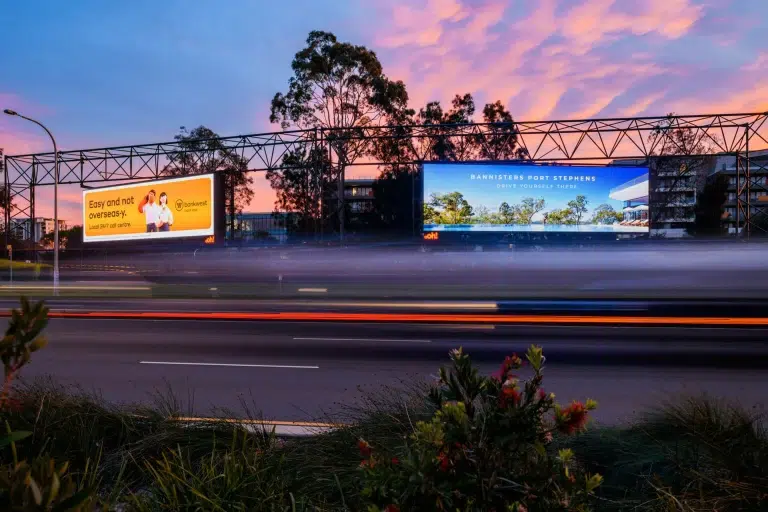Retail OOH Has Evolved, But We Still Plan & Buy Like It’s 2015
oOh!media’s Donna Tauro shares insights into best practice retail OOH planning – to actually drive results – not just plans that look great on paper.
Thought leadership and best practices to help you get the most out of your campaign
By subscribing you agree to our privacy policy.
oOh!media’s Donna Tauro shares insights into best practice retail OOH planning – to actually drive results – not just plans that look great on paper.
Whether you’re just getting started or looking to scale your existing retail media network, this webinar will equip you with the knowledge to stay ahead.
reo and Broadsign have partnered with Power Retail to create this comprehensive eBook, packed with insights, strategies, and actionable steps to help retailers unlock the full potential of RMNs.
Explore 5 key predictions for retail media in Australia and New Zealand in 2025, highlighting its rapid evolution, the growing influence of retail media networks, and their full-funnel impact on advertising and shopper engagement.
In today’s fragmented media landscape, Out of Home advertising with billboards remains one of the most powerful tools for brand recognition.
Emmalee Crellin, oOh! Head of Data Sales, discusses how marketers can ensure their Out of Home campaigns can deliver measurable results.
A look inside Australia’s Out of Home industry, as originally published in AdNews.
Discover how Retail Media Networks (RMNs) can transform your retail strategy. Learn about their benefits, types, and implementation tips to maximize revenue and enhance customer engagement.
How Out of Home media plays a crucial role in a brand’s battle for mental availability as an unmissable platform, writes Josh Gurgiel, head of POLY.
Originally published in Mi3 Out of Home doesn’t disrupt content, it is the content – and high-grade creative in the right places at the right frequency powers customer growth, ROI and sales. Just ask IKEA, which saw a 60 per cent increase in new customers after a campaign in five metro markets. oOh!media Chief Revenue
